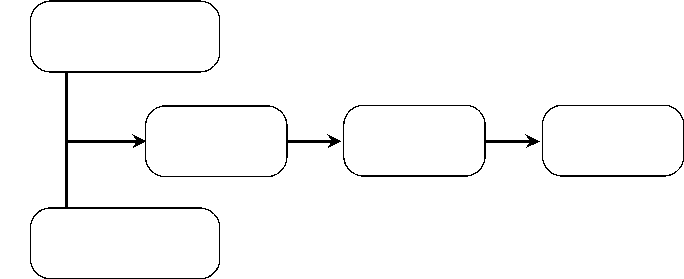Defining an educational plan for a better planning process
According to Salmela and Spil, a planning process consist of four stages, used in an iterative way. The first stages considers the agreement on planning objectives, which involves the selection of participants. But how can we select the right participant four our planning process?
A match between the needed knowledge and experience and the availabe knowledge and experience is needed for a successfull Information Systems Strategy. In this case, defining an educational plan could help finding the right participants. The framework for setting up an educational plan consist of five steps:
There are several models for needs assessment, which can be used for the first step in the framework. Once the needs are assessed, the competencies of the participants should be tested. The outcome can be compared with the needs, using a spiderweb diagram in step t hree. By drawing a web for both the needs and the available knowledge, it becomes clear which competencies need to be improved.
hree. By drawing a web for both the needs and the available knowledge, it becomes clear which competencies need to be improved.
Once it is clear which competencies need to be trained, a special training program can be developed. This could be done by mapping the competencies against the components of training. Each component that the participant needs to be trained in, can then be combined to a learning curriculum. Since it is quite difficult to determine if a certain training will lead to higher competencies, the training results need to be evaluated.
Evaluation could be performed by recalculating the deficiency in competency. If the gaps in the spiderweb diagram turn out te be smaller, the training has been a success. The most succesfull training, of course, would be if the recalculation would result in spiderweb diagrams without any gap.
